Almost 80% of Cambodians live in rural areas with limited access to clean and affordable energy. The EU promotes sustainable consumption patterns and changes behaviours by supporting micro, small and medium-sized companies (MSMEs) to switch to solar energy sources.
Rural Cambodia is dependent mainly on polluting energy1. In this context, and despite Cambodia’s success in expanding access to the grid, electricity tariffs are amongst the highest in Asia. Expensive and unstable electricity negatively impact the operational costs and competitiveness of agri-fishery small businesses in rural areas.
Capacity4dev highlights the EU SWITCH-Asia co-funded project SWITCH to Solar on the International Day of Conscience2. In line with the EU Green Deal, the project improves consumption patterns and behaviours in rural areas of Cambodia3.
Lessons learnt from the SWITCH to Solar project:
This project facilitates the mutual understanding of companies providing solar solutions with small rural businesses in the agri-fisheries sector, while creating the right environment for clean energy in Cambodia. So, what can we learn from this experience?
- Design well informed and adaptive programmes;
- Implement your programme in an informative and honest way;
- Measure progress with the right tools.
1. Design well informed and adaptive programmes.

SWITCH to Solar has implemented an adaptive management system to reassess the approach and methods to achieve change in the market.
What is your experience in readapting the initial intended support of your programmes?
While designing SWITCH to Solar, the implementing partners4 of this project analysed the opportunities and constraints of the market to ensure long-term results.
Building capacities of companies providing solar solutions to reach the agri-fisheries sector was at the heart of the intervention. Jakub Smutny, Head of Programmes at People in Need (PIN) in Cambodia, explains, “we started out working with well-established companies with solid track records and young start-ups with great ideas and products - but with limited or inexistent business models.”
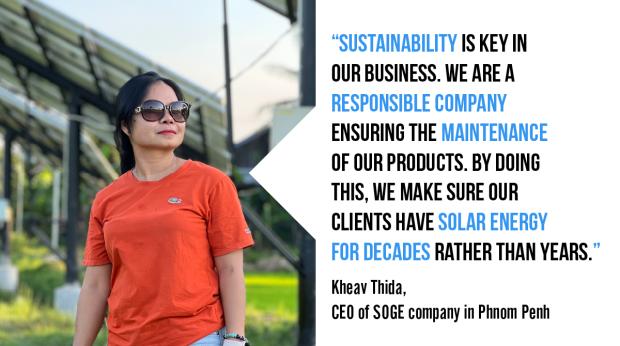
However, SWITCH to Solar had to quickly adapt to include a third category of companies: fragile businesses - fairly well-established- but struggling in their organisational development.
One well-established company receiving the support of this project is the SOGE Company in Phnom Penh. Kheav Thida, CEO of SOGE, explains, “my company is the only one producing and assembling solar water pumps. We have helped reduce, by 70%, the costs for accessing electricity to approximately 200 farmers in three communities.”
Check the animated picture below to learn more about solar energy providers.
2. Implement your programme in an informative and honest way.

The project facilitates understanding between providers and end-users to naturally seek each other and create more demand for solar solutions.
How is your programme increasing the demand for clean energy?
Once market players and stakeholders are identified, it is crucial to ensure that everyone align with the project’s objectives, roles, and methods. Jakub Smutny explains, “we are eager to work with companies who understand what the programme can support them with as we do not focus on providing direct grants to them.”
Building strong relationships between the government, the private sector, and the community has been instrumental. “Long-term achievements require time; they are not visible in one or two years. Trust is needed to encourage people to believe in our approach and to be patient.” He continues, “it was essential for us to clarify roles in the process, mitigate expectations, and inform clearly about the project’s scope.”
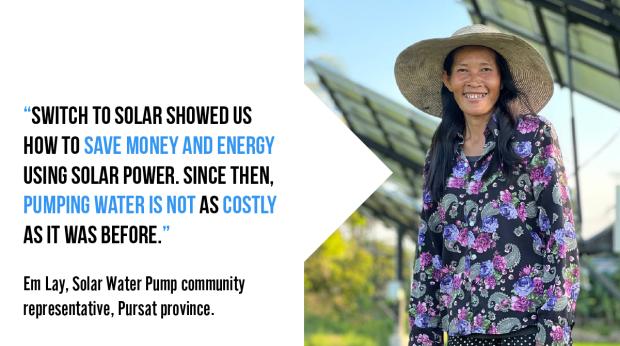
As part of SWITCH to Solar's activities, the team visited the Pursat province to demonstrate the opportunities of solar energy to rice farmers in the region. Em Lay, village chief assistant in the province, attended the meeting. She is now a solar water pump community representative - recognising the opportunities of solar for the community. Em Lay explains, “pumping water was expensive for us. Each farmer had to contribute to pay for the diesel to pump water to our rice fields. Now, this money can be used for other improvements such as irrigation systems.”
Check the animated picture below to learn more about rural agri-fisheries SMEs.
3. Measure progress with the right tools.

Monitoring and evaluating interventions with a long-term impact is complex, as good results are not always translated into sustainable impact.
How are you monitoring progress in your interventions?
Monitoring market systems development is not always straightforward - there needs to be a solid framework for the consortium partners and external stakeholders to evaluate results. Jakub Smutny explains, “we need to know what is expected, and which approach to adapt, while trying to change systemic problems,” he adds, “having data and collecting indicators is crucial.”

The attribution of the project’s interventions is challenging. It requires a discussion about how this can be achieved because delivery in such interventions doesn’t always bring immediate results - it can even affect the initial expectations of the project.
Check the animated picture below to learn how to boost the environment for clean energy.
Final considerations
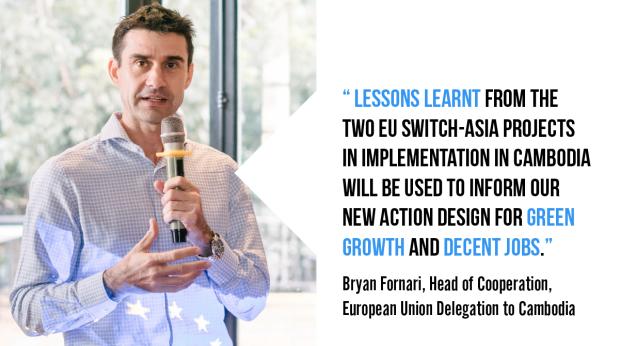
The project is one of two, under the EU SWITCH-Asia programme, which support the EU’s commitment to sustainable development in Cambodia.
- Despite a challenging start due to Covid-19, “SWITCH to solar” managed to make some solid achievements during the first year, having identified specific areas with the most potential for scaling up solar energy consumption and production within the fisheries and agriculture sector.
- “Switch to Garment” is the second project funded under the EU Switch-Asia programme in Cambodia. The project supports garment factories in Cambodia to harness clean energy to become more competitive and environmentally friendly. It helps garment factories to increase investments in sustainable energy practices such as efficient technologies, the switch to renewable energy, and good operations management.
“The projects continue to be relevant for our priories in Cambodia, especially in the new multi-annual indicative plan, where lessons from these projects will be used to inform our new action design for green growth and decent jobs,” says Bryan Fornari, Head of Cooperation, European Union Delegation to Cambodia.
Learn more about the SWITCH to solar project.
Click on the play button below to watch our video about SWITCH to Solar.
|
"SWITCH to solar" objectives in numbers
|
Recommend this article if you think it will be helpful for your peers
Credit: Video © Capacity4dev | Photo ©PIN Cambodia
1 Wood and charcoal still account for more than 90% of total household energy used in rural Cambodia. Only 6% of Cambodia’s rural population has access to electricity, mostly from village grids powered by diesel generators. To know more, read the “Improved energy technologies for rural Cambodia” report produced by the World Bank in 2019.
2 This International Day was established by the UN General Assembly on 25 July 2019 to commemorate the importance of the human conscience.
3 SWITCH to Solar is implemented across six provinces and 15 districts in the Tonle Sap region.
4 The SWITCH to Solar project is funded by the European Union through the EU SWITCH-Asia Programme and the Czech Republic through Czech Development Agency. The implementing partners of this EU co-funded project are Sevea, EnergyLab, and People in Need (PIN).
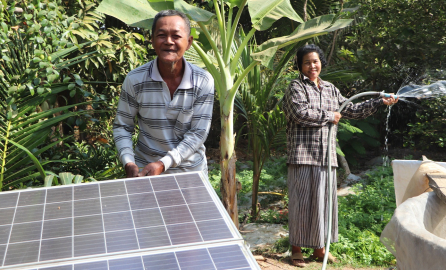

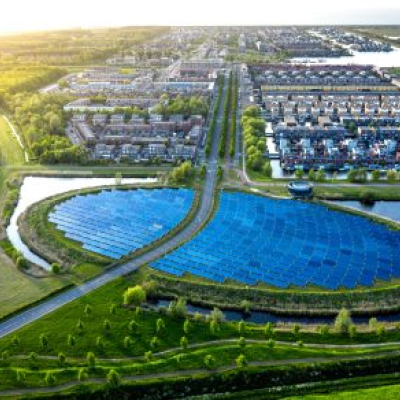



Log in with your EU Login account to post or comment on the platform.